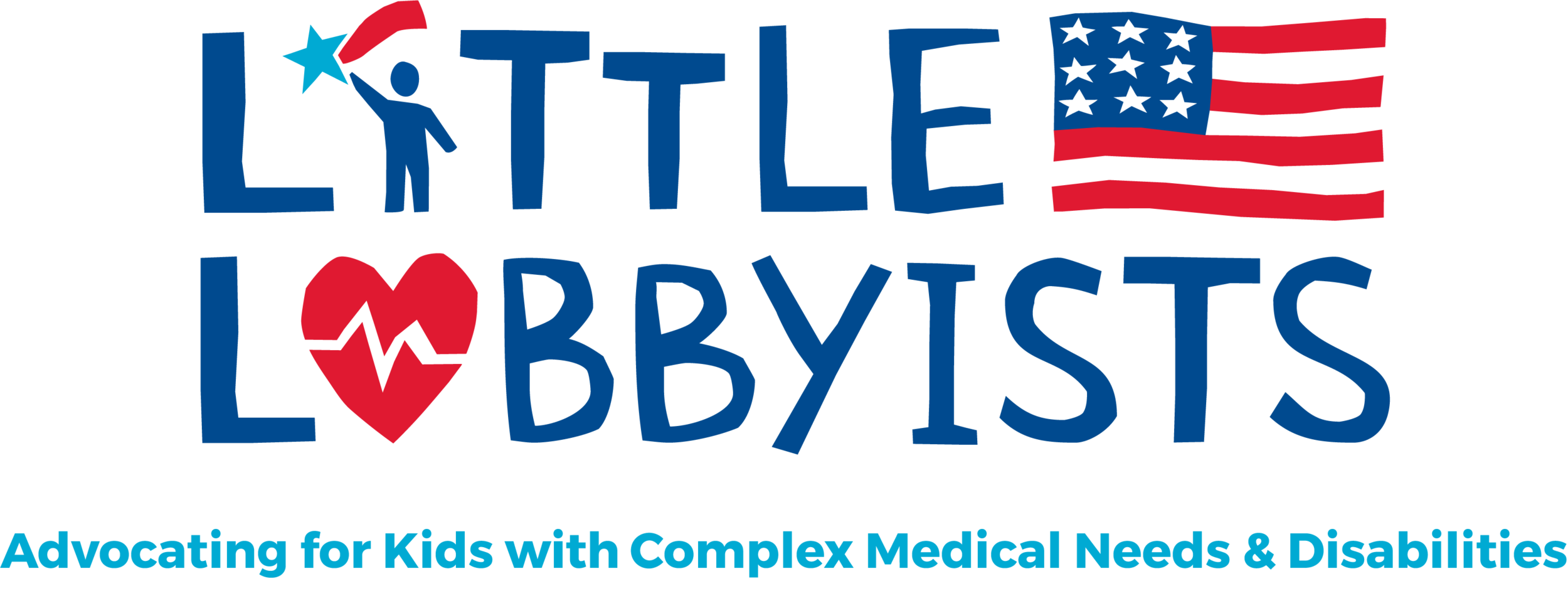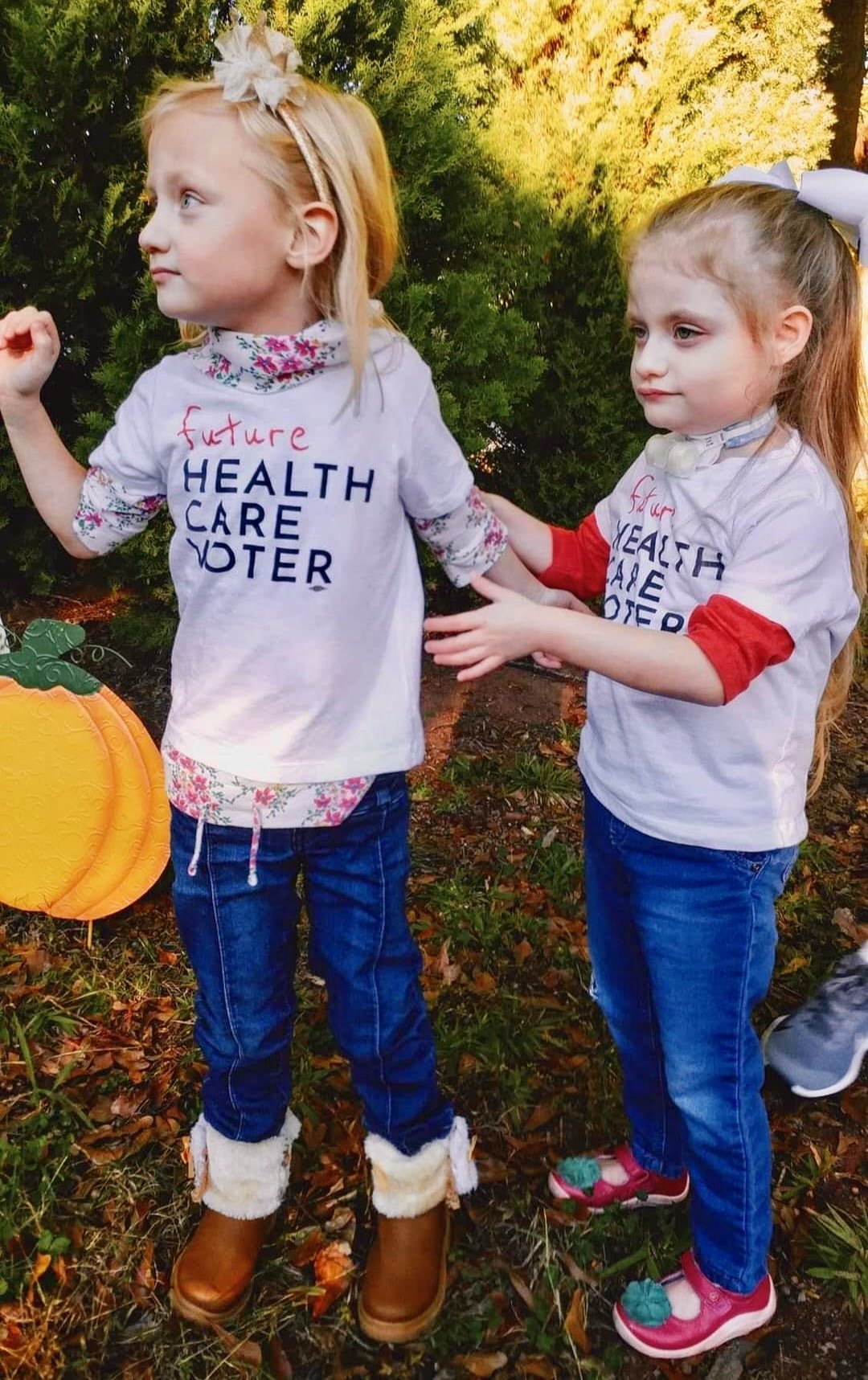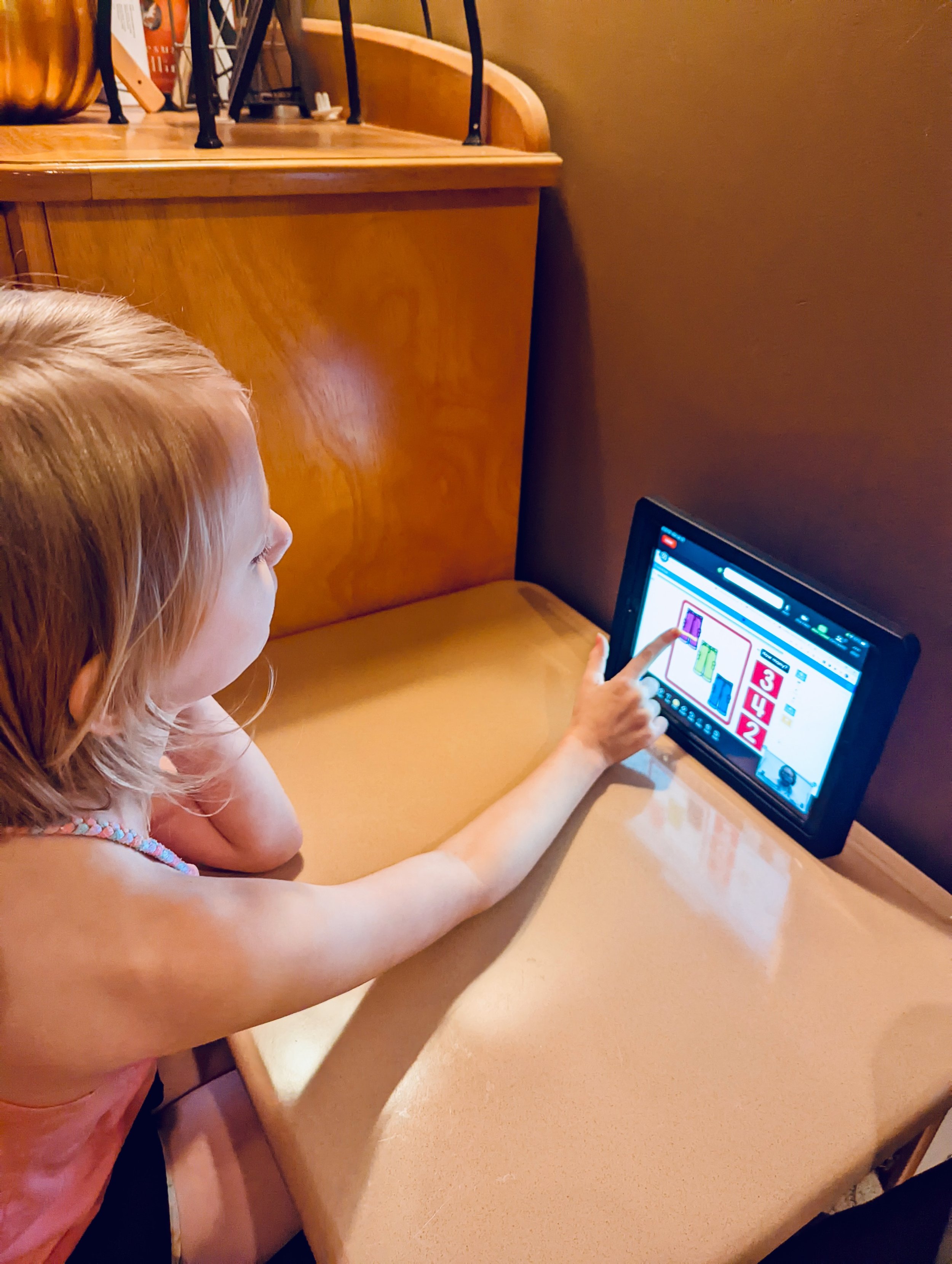Saying, “We Need to Keep Schools Open” Is Not a Plan (by Stacy Staggs)
Sara Bean Staggs (l) & Emma Staggs (r) [image description: Two young girls with light skin and blonde hair stand against green bushes. They are each wearing “Future Health Care Voter” t-shirts and blue jeans.]
When students were sent home from classrooms in March 2020, our public education workforce burned the midnight oil to execute a monumental set of tasks. While the outcomes varied by state and district, there was a feeling of community pulling together through the noise, uncertainty, and fear in the early days of the pandemic. We called educators and health care professionals heroes! We clapped in unison, sent meals, and heaped much deserved praise on our public education workforce.
Twenty-two months later, we’re crumbling under another surge of the COVID-19 public health crisis, and many schools are being forced to close again. Other schools are remaining open, but without the appropriate strategies in place to keep kids and staff safe, preventing more vulnerable kids from being able to access education and further contributing to the pandemic’s surge. After so much time has passed it feels like we are no better off than we were at the start of the pandemic and no one knows where to go from here..
Like millions of students across the country, Little Lobbyists Emma and Sara Bean (my twin daughters) will begin their 5th semester of virtual learning. Time after time, I have circled dates on our calendar with the hopeful expectation of safely returning to the classroom, only to cross them out and hope for a date in the future.
Just last week, U.S. Secretary of Education Miguel Cardona spoke with CBSN about the importance of in-person learning and highlighted a number of recommendations that have yet to be implemented at the district-level, while saying he supports “safely reopening” classrooms. I wonder if he and his team are aware of the barriers to testing supplies, universal masking, and high rates of eligible adults and children who remain unvaccinated? Although Congress allocated funds to help schools become COVID-safe in the American Rescue Plan, the reality is that most schools have not yet achieved these basic goals.
As my friend Megan Carmilani, founder of Long COVID Families noted, “Saying, ‘We need to keep schools open,’ is not a plan to keep schools open.” When do we stop talking and start listening to those on the front lines?
Sara Bean Staggs participating in remote learning. [image description: A young girl with light skin and blonde hair sits at a beige cushion. She is pointing to images on an iPad that depict math problems.]
We need to listen to our educators. In my district, teachers want increased community support, Covid-safe working environments, increased pay that matches their abilities and credentials, and to be a valued voice in decision-making.
We need the Administration to recognize that schools are not yet safe, especially for our most vulnerable students, and to support flexible options and accommodations, including high-quality virtual programs.
We need every school to implement what we know works to control Covid-19 in our classrooms, including consistent and appropriate universal masking (with access to high filtration masks for all), improved ventilation in school buildings across the country, required vaccinations for all those eligible, and a return of paid Covid-19 sick leave for caregivers.
How many lives lost or changed are we willing to endure before we turn toward actionable solutions? Pick a number, because we’re likely to reach it before the smoke clears. The pandemic isn’t over just because we’re tired of it. We need to come together once again to reimagine and reshape our public education to be more inclusive, flexible, multifaceted, and adaptable to shifting realities.
Stacy Staggs is the Director of Community Engagement for Little Lobbyists.


